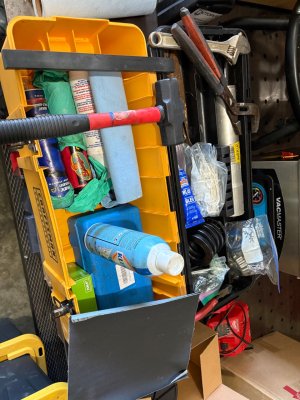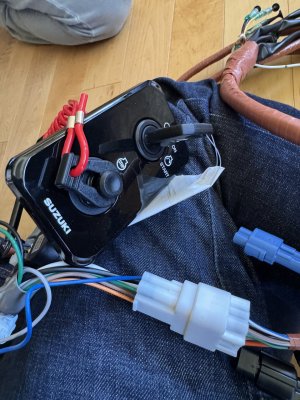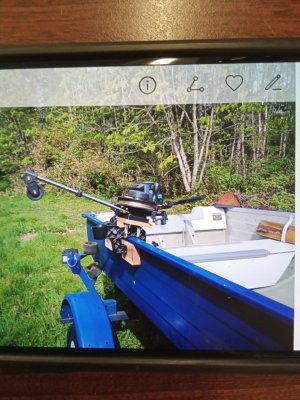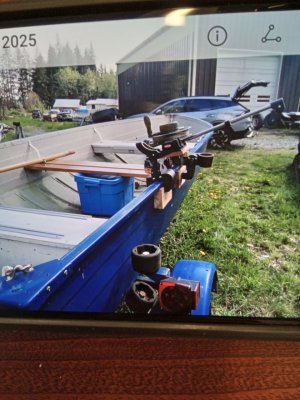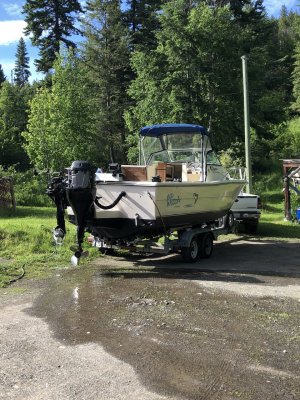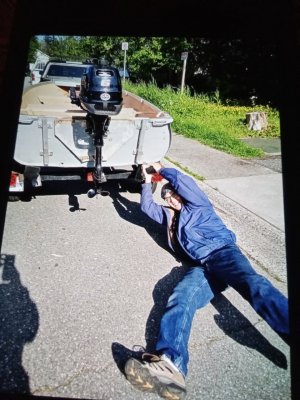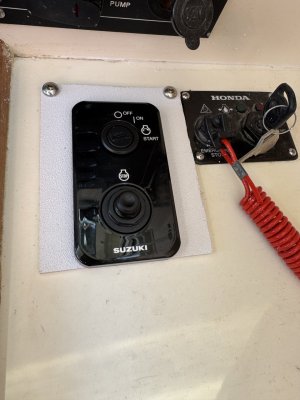They have a few sizes on the website, buy the kit that has the same spec as your bearing buddies. They offer two different size axles (2.440”, and 1.98”). The Speedi sleeve is a thin piece of stainless that is installed on the spindle at the rear seal location, it ensures a smooth surface that is free from pitting and rusting of the surface. Use a digital to measure your spindle, then reference the size using this document..
I purchased my speedi-sleeves off of rock auto, they were less than half the price of lordco, even with my account. As for roadside repairs, I carry with me a dedicated toolbox that includes.. cotter pins, castle nut, channel locks, crescent wrench, 1/2” combination wrench, some string to hang the brake caliper, hub oil, full set of inner and outer bearings and races, rear seals, 1 extra speedi-sleeve, a piece of exhaust pipe to install the speedi-sleeve (the pipe goes over the spindle and is used to hit against an old bearing that pushes the sleeve onto the spindle) a seal driving kit, a small sledge hammer, steel flat bar to hammer out races, emery cloth, shop towels, brake clean, some RTV if one of the caps o-rings were to fail, side cutters, and a couple tubes of grease should there be a complete failure with the oil bath system, I can just pack the bearings with grease and still make it home.
I’ve been running my oil bath system for 3 years now and didn’t even change the oil until this year, not a single issue. Ask your local trailer shop what they think about grease hubs on a boat trailer, and they will likely tell you that bearing buddies are what keep them in business.
View attachment 117250

